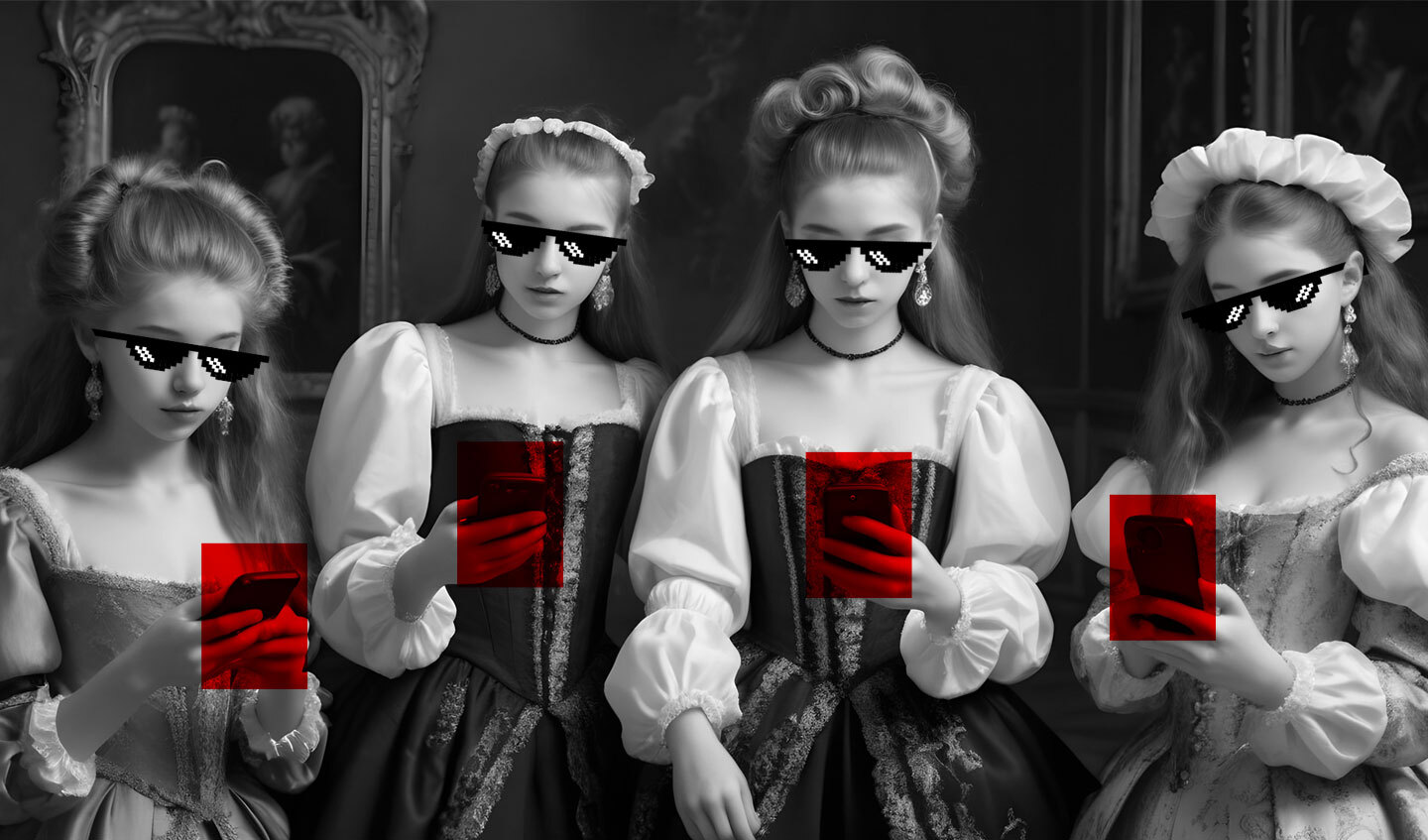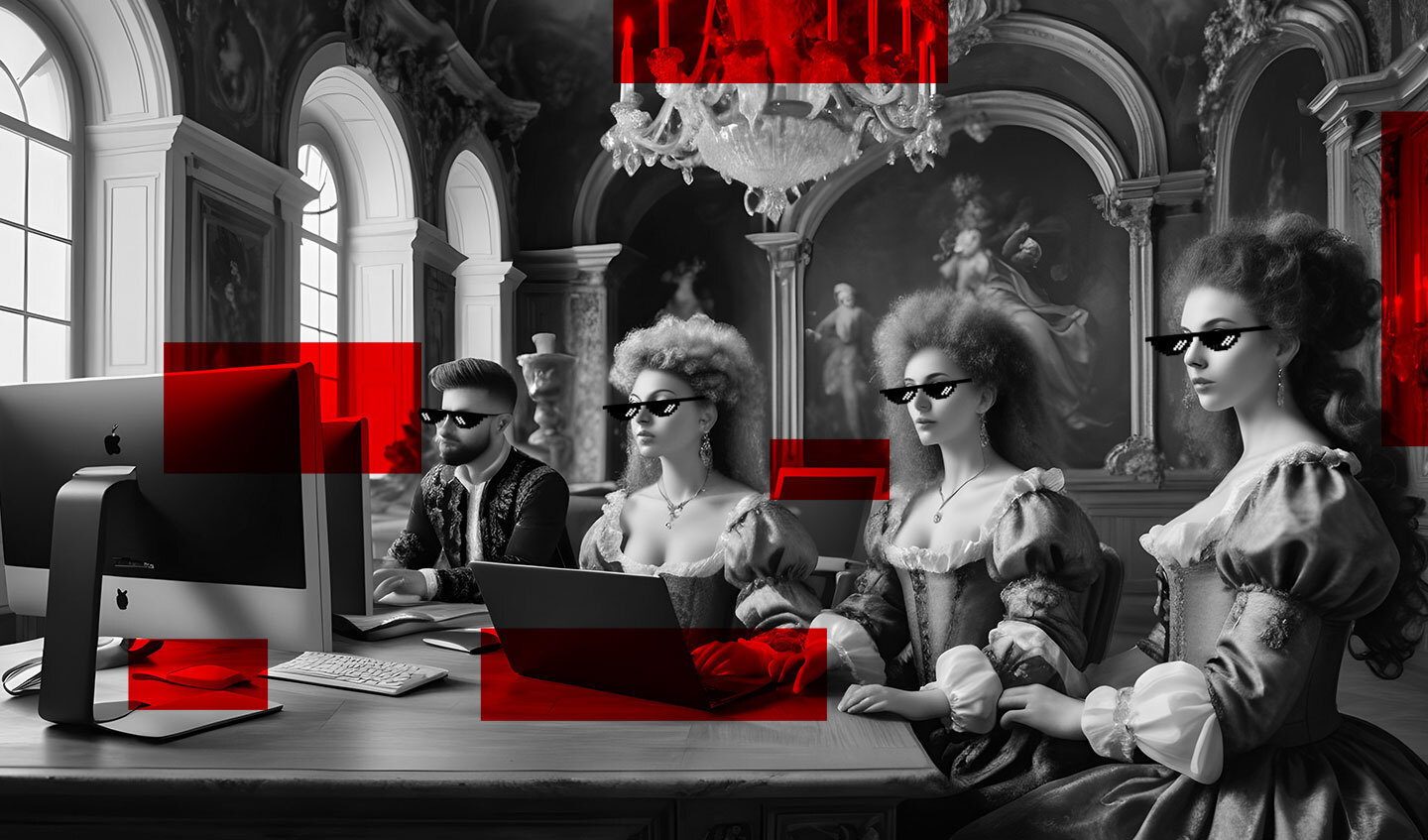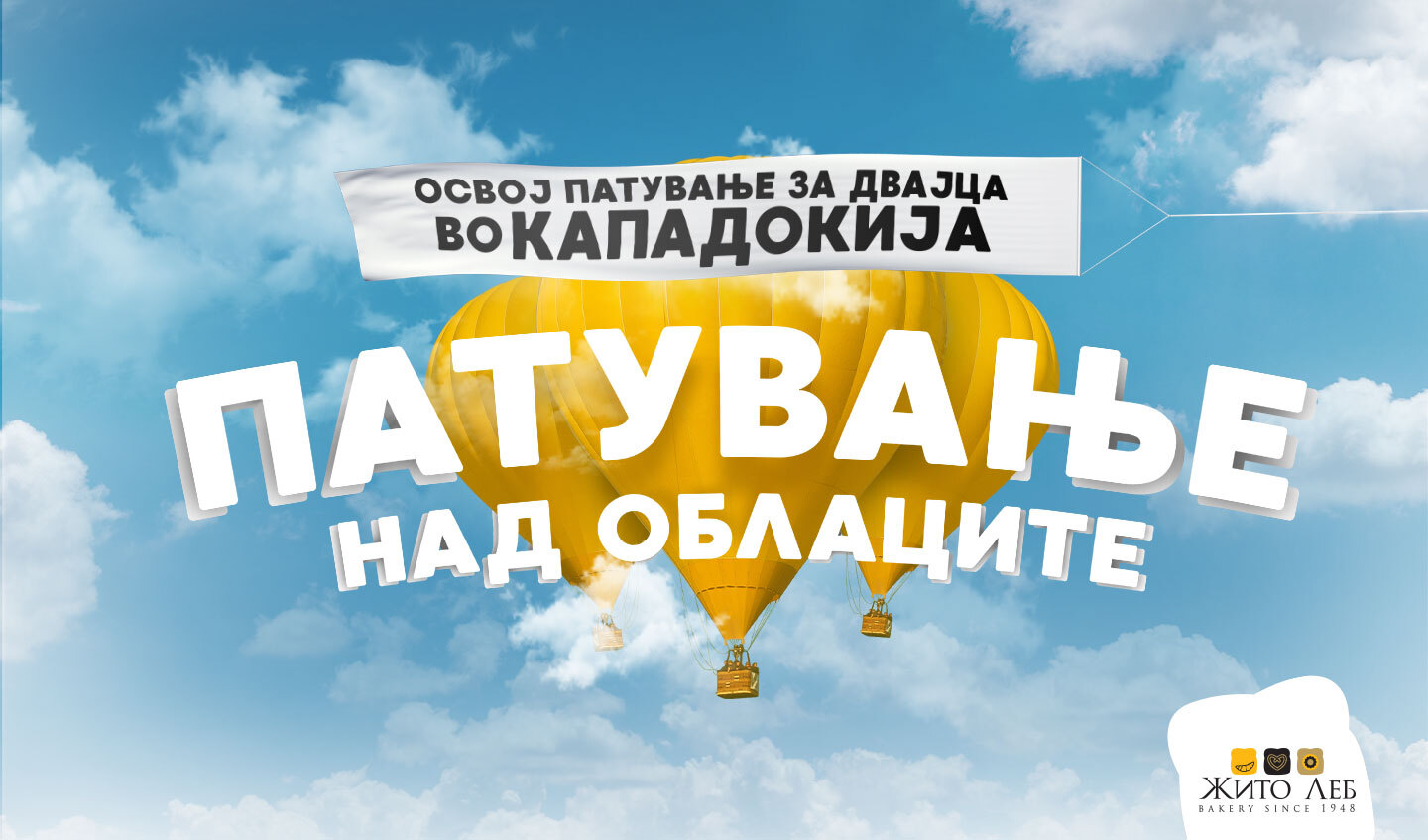
On the day when Halloween mania spreads over the world, I’m sure few of you realize where this day originated, which is followed by everyone, from tiny local shops to multinational companies.
Before we get into how Halloween takes place in marketing communications, here’s a little historical lesson.
Halloween is thought to have originated in ancient Celtic history, with October 31st marking the end of the harvest, the last day of bright days, and the beginning of darkness or “death” the following day. They thought that on this particular night, the line between the living and the dead blurred, enabling ghosts to walk the earth. People lighted bonfires, dressed up, and performed rituals to fend off these ghosts. With the rise of Christianity, Samhain evolved into All Hallows’ Eve, which later became Halloween in the 18th and 19th centuries.
How has marketing hijacked Halloween?
It is thought that the Irish who settled in America are primarily responsible for the holiday’s popularity. The event was originally celebrated with parades in which people dressed up in terrifying costumes, but the baby boom and television 30 years later progressively pushed the celebration to be in home settings.
People replaced turnips with carved pumpkins in front of their homes, and businesses effectively linked costumes, pumpkins, and terrifying masks to increase sales. First and foremost, this applies to FMCG products, where we see the first prints with a Halloween motif.
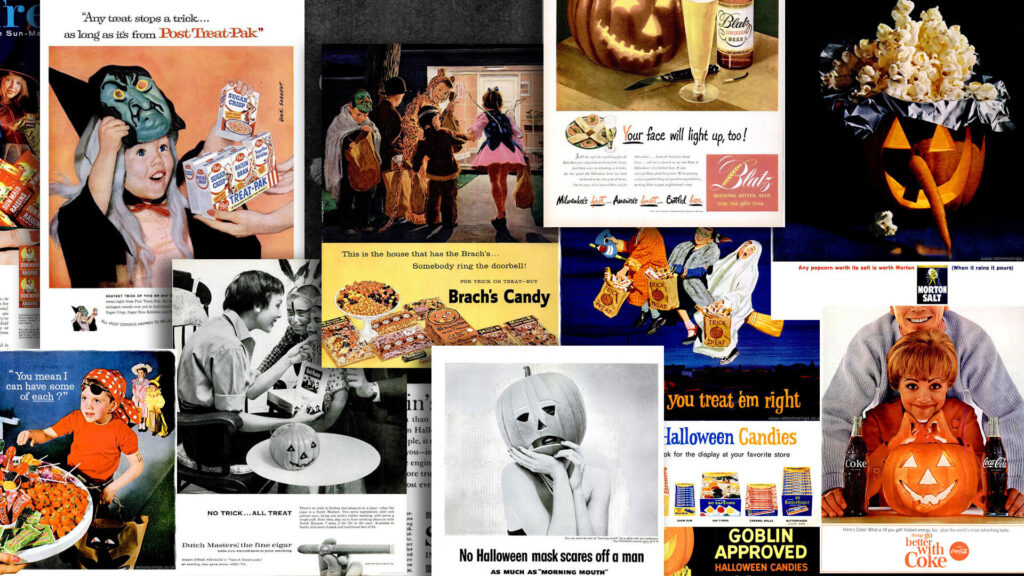
Who is the pioneer?
Halloween became popular in the United States in the early twentieth century. Dennison Manufacturing Co. is typically credited with the first large Halloween-related marketing effort when it debuted the Bogie Book in the 1920s. This catalog featured Halloween decorations, costumes, and party supplies, making the holiday more commercialized and family-friendly.
During this time, the candy business recognized an opportunity and began to promote Halloween as a sweets-centric festival. As trick-or-treating became increasingly popular in the 1950s, sugar makers began more direct Halloween marketing, transforming the celebration into the one we know today, complete with costumes, parties, and sweets.
The earliest holiday-themed television advertising may be seen as early as the 1970s.
However, as the years come and go, the genuine “festive” atmosphere diminishes and commercialization occurs. Halloween is a celebration for everyone, including the most ordinary fruit and vegetable dealers.
How do brands spook their way into Halloween?
It may sound incredible, but Halloween is the most economically viable holiday after Christmas. Expectations for 2024 are that they will exceed $14 billion in the United States alone. Aside from revenue, innovation is increasing year after year. Special campaigns, packaging, and items are designed just for this day or week.
We highlight our favorites from this year:
1. Our favorite: Uber Eats
2. Snickers: Zombie twerk
3. Fanta: Wanta Fanta
4. Heinz print:
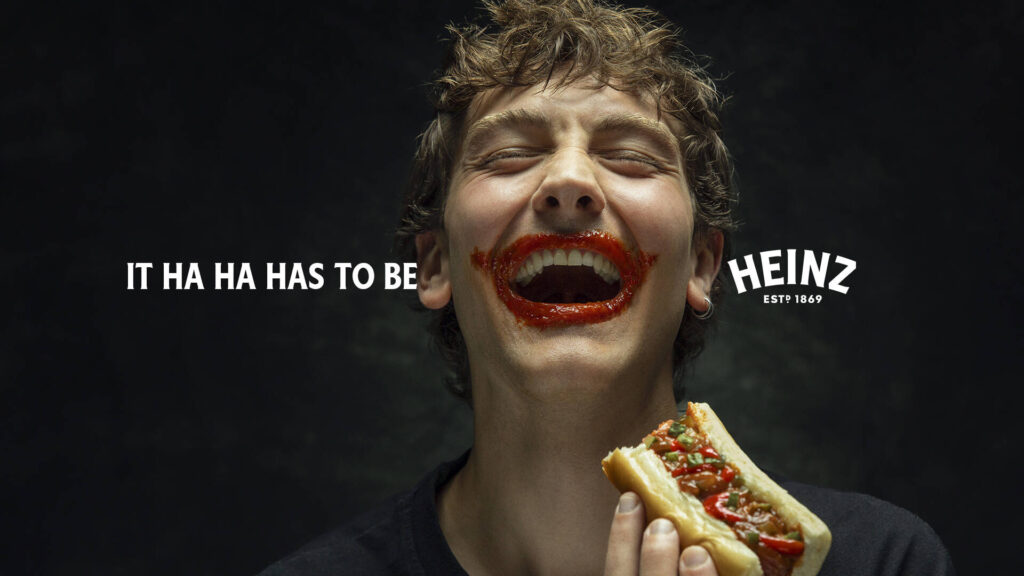
5. Cake.com: Skeleton stories
<
Three psychological reasons why Halloween is usually popular with the target audience?
- Nostalgia for childhood: The main players of Halloween are usually children, while adults use the holiday to identify with their childhoods. This mood evokes good memories of moments that will never return.
- The feeling of fear: Halloween is all about the thrill of horror and advertisers understand it. Everyone wants to feel fear, to some extent. Through afraid and darkness, advertisers are able to pitch themselves to customers in a completely different light than we are accustomed to seeing them in on a daily basis, and what’s new is more attractive, adding to the fact that the offer they are expressing is temporary.
- Periodicity is arguably the most significant feature in my opinion. Halloween advertisers make use of the fact that the festival only occurs once a year. Companies may push customers to act swiftly to prevent losing out by creating a feeling of scarcity in Halloween-themed items.
So, whether you decide to wear a witch’s hat, carve a pumpkin, or just change the colors on your website this Halloween, keep in mind that it’s more than just the season. It’s about engaging your audience with inventiveness, honesty, and a hint of spookiness.
Till next time!



